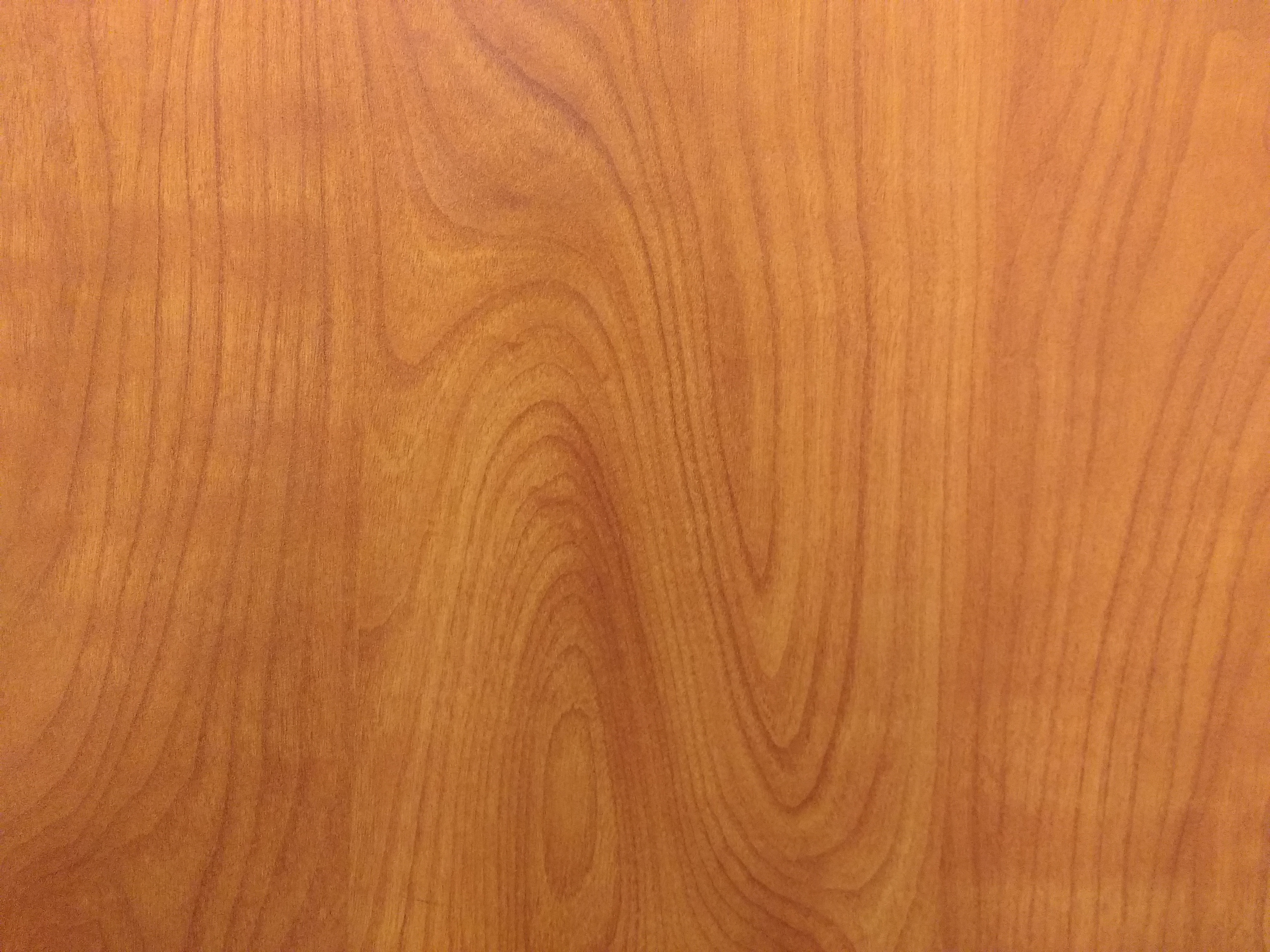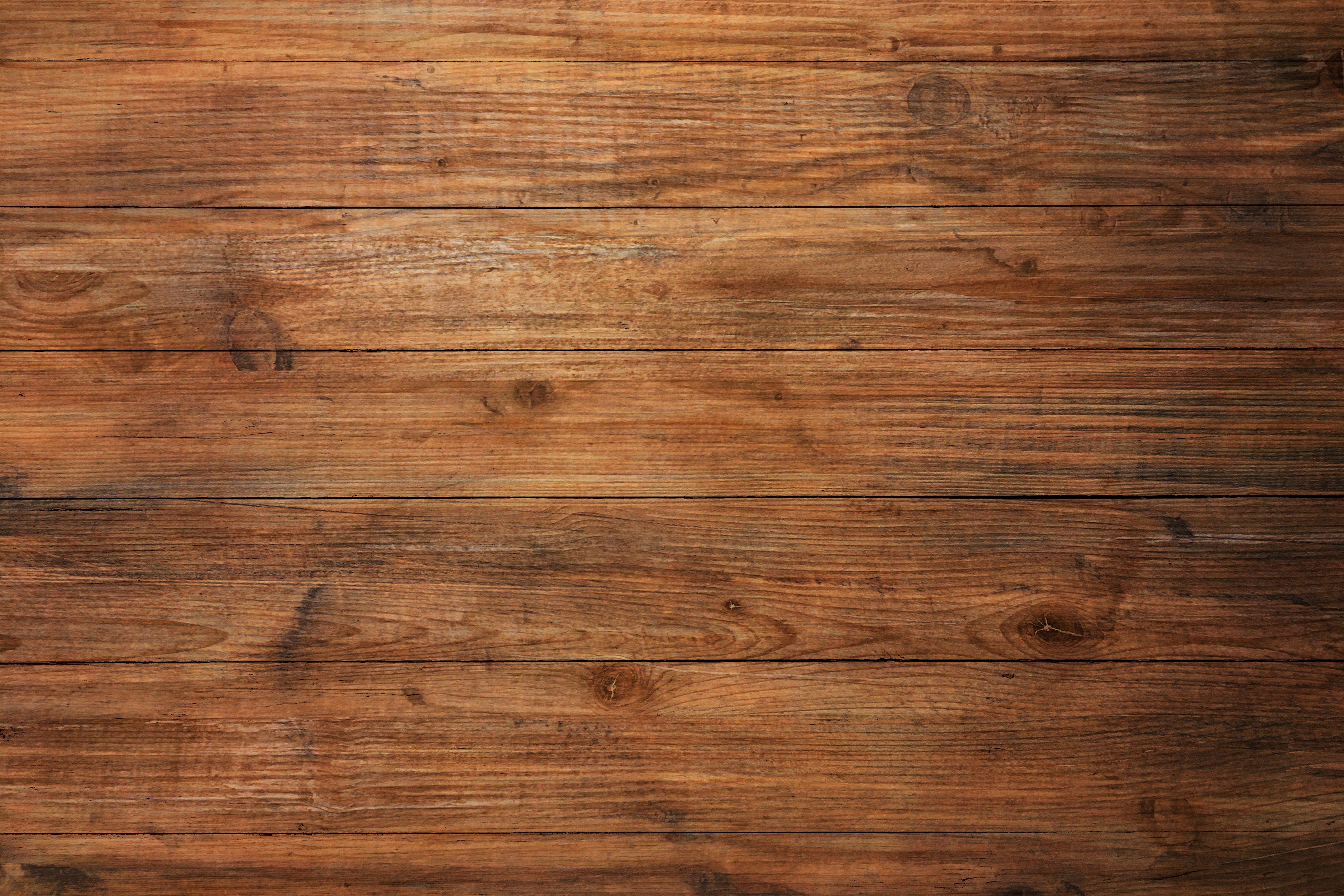Have you ever stopped to really think about the wood around you? It's in our homes, our furniture, and so many things we use every single day. We might just take it for granted, but this common material on Earth, you know, it's pretty special. When we look up at the stars and wonder about other worlds, a big question sometimes pops into mind: is wood rare in the universe?
This idea, you see, makes us consider what wood actually is and what it needs to exist. It's not just some random material; wood is a structural tissue. It forms as xylem in the stems and roots of trees and other woody plants, more or less. This means it's a living part of a living thing, which is a rather important detail.
So, to figure out if wood is common or unique beyond our planet, we need to explore what goes into making it. We'll look at its properties, how it grows, and what conditions are necessary for such a material to form. It's a pretty fascinating thought experiment, you know, to imagine if other planets might have something like our wood.
Table of Contents
- What is Wood, Anyway?
- What Wood Needs to Grow
- Wood Beyond Earth: A Cosmic Question
- The Uniqueness of Earth's Wood
- Frequently Asked Questions About Wood in the Universe
What is Wood, Anyway?
To ask if wood is rare in the universe, we first need to get a good grasp on what wood truly is. Our everyday experience tells us it's a hard material from trees. But there's a bit more to it than just that, you know, from a scientific point of view.
The Biological Building Block
Wood, in terms of botany, is a solid and hard part under the skin of a tree stem or other woody plant. It is in the form of vascular tissue, you see. This tissue helps carry water and nutrients up the plant, which is pretty important for its survival. In fact, woods are an organic material. This means they are made of carbon-based compounds, which is a key characteristic of life as we know it.
It's a structural tissue. This means it gives the plant its strength and allows it to stand tall, you know, against gravity and wind. Without this strong framework, trees would not be able to grow to the sizes they do. Here you will find an overview of wood types with the most important key data. This material is harvested, logged, treated, and turned into thousands of useful products. This process shows just how versatile it is, actually.
Types and Uses of Wood
There are so many different kinds of wood, it's almost hard to keep track. We have dark and light wood types. There are also hardwood and flexible wood varieties. Some wood is perfect for furniture, while other types are weatherproof wood for outdoor use. Understanding the different kinds of wood, and how they’re best used, can make a world of difference when you’re planning a DIY project, shopping for new furniture, or even just appreciating a wooden item.
Here you'll find all you need to know about choosing and using various species of wood. We learn about wood properties and working characteristics so we can build better projects. This includes understanding the best species for construction, decking, furniture, and more. The database also contains detailed descriptions of hardwood and softwood types, including an identification guide of wood properties that can help you discover and choose the perfect wood. Wood plays an essential role in both our everyday lives and our broader economy, you know.
What Wood Needs to Grow
For wood to exist, a lot of specific things need to happen. It's not just a material that appears out of nowhere. It requires a very particular set of conditions, you know, for its formation and growth.
The Role of Life
Wood is grown. This means it comes from living organisms. Specifically, it comes from trees and other woody plants. These plants, in turn, need certain things to thrive. They need sunlight for photosynthesis, which is how they make their own food. They also need water, obviously, and nutrients from the soil. A stable environment with a suitable temperature range is also pretty important. Without these basic requirements, a plant cannot grow, and thus, no wood can form. It's a pretty complex biological process, actually.
The process of how it's grown, harvested, logged, treated, and turned into thousands of useful products shows its deep connection to Earth's ecosystems. This material is a product of biological evolution. It has developed over millions of years on our planet. This suggests that the existence of wood is tied very closely to the existence of complex plant life, you know, which is a significant point.
Planetary Conditions for Woody Plants
So, for wood to exist somewhere else in the universe, that place would need to support woody plants. This means a planet would need liquid water, which is essential for all life as we know it. It would also need an atmosphere that can protect life from harmful radiation and provide necessary gases, like carbon dioxide for photosynthesis. A stable climate, not too hot and not too cold, is also a must. The planet would also need a solid surface with some form of soil or substrate where plants can anchor themselves and draw nutrients. These conditions, you know, are not common across all planets we've discovered.
The presence of a star that provides the right amount of light and warmth is also critical. Too close, and it's too hot; too far, and it's too cold. This "Goldilocks zone" for planets is a very specific region around a star. Even if a planet is in this zone, it still needs to have the right chemical makeup and a history that allowed complex life to develop. It's a rather long list of requirements, you see, for something like a tree to grow.
Wood Beyond Earth: A Cosmic Question
Given what we know about wood and what it needs, the question of its rarity in the universe becomes a bit clearer. It's not just about finding any material; it's about finding specific biological processes, you know, on other worlds.
The Ingredients for Life and Wood
Wood is an organic material. This means it's built from carbon, hydrogen, oxygen, and other elements common in the universe. These elements are, in fact, found in stars and nebulae. So, the basic building blocks for wood are out there, pretty much everywhere. However, having the ingredients is one thing; assembling them into a complex structure like wood is another entirely. This requires life, and life requires a very specific environment. For instance, the carbon atoms need to be arranged in a very particular way, which is something living organisms do. Learn more about wood on our site.
The chemical processes that create wood are part of a larger biological system. These systems have evolved over billions of years on Earth. They are incredibly intricate. The sheer complexity of a tree, from its roots to its leaves, and the way it produces wood, suggests that it's not a simple, spontaneous occurrence. It's a product of biological evolution and adaptation, you know, to Earth's conditions.
Are There Trees Out There?
Scientists have found thousands of exoplanets, planets outside our solar system. Some of these are in the habitable zone of their stars. This means they could potentially have liquid water. However, having liquid water does not automatically mean there are trees or woody plants. The evolution of complex, multicellular life forms that can produce a material like wood is a very long and uncertain path. It's a bit like winning the lottery many times over, you know, for all the right conditions to align.
Even if life exists on other planets, it might not evolve into forms that resemble trees. It could be microbial life, or very different types of plants or organisms that don't produce a rigid, structural material like wood. The specific properties of wood, like its strength and flexibility, are a result of Earth's particular gravity, atmosphere, and biological history. It's hard to say if similar pressures would lead to similar materials elsewhere. It's a very open question, you see, in astrobiology.
The Uniqueness of Earth's Wood
Considering all these points, it seems highly probable that wood, as we know it, is quite unique to Earth. The specific combination of biological evolution, planetary conditions, and chemical processes that create wood is very particular. It's a product of our planet's long and complex history. This makes the wood we use every day even more special, you know, when you think about it from a cosmic perspective.
We use wood for furniture versus weatherproof wood for outdoor use. Understanding the different kinds of wood—and how they’re best used—can make a world of difference when you’re planning a DIY project, shopping for new furniture, or even just appreciating its natural beauty. This versatility and utility are direct results of its unique properties, which are themselves a product of its biological origin. So, while the basic elements are common, the specific arrangement into wood is likely very rare indeed. To learn more about specific wood types and their uses, you might want to visit a resource like the USDA Forest Products Laboratory, for example, which offers a lot of information on wood properties.
Here you'll find all you need to know about choosing and using various species of wood. We learn about wood properties and working characteristics so we can build better projects. This includes understanding the best species for construction, decking, furniture, and more. This knowledge, you see, is all about Earth's unique biological material. It's a material that is truly a gift of our planet's specific conditions. Check out our wood types guide for more details on different species.
Frequently Asked Questions About Wood in the Universe
People often wonder about wood and its place in the vast cosmos. Here are some common questions.
Could other planets have plant-like life?
Yes, it's possible. Scientists are looking for signs of life on exoplanets. Life might look very different from what we see on Earth, though. It might not produce wood at all, you know, in the same way our plants do.
What makes wood so special on Earth?
Wood is special because it's a strong, renewable, and versatile material. It comes from living organisms that help our planet's environment. Its unique structure gives it properties that are very useful for building and many other things, you know, in our daily lives.
Are there any materials like wood found in space?
Not that we know of, in the sense of a biologically grown structural tissue. We find organic molecules in space, which are the chemical ingredients. But these are not organized into complex structures like wood without life to do the work, you see.



